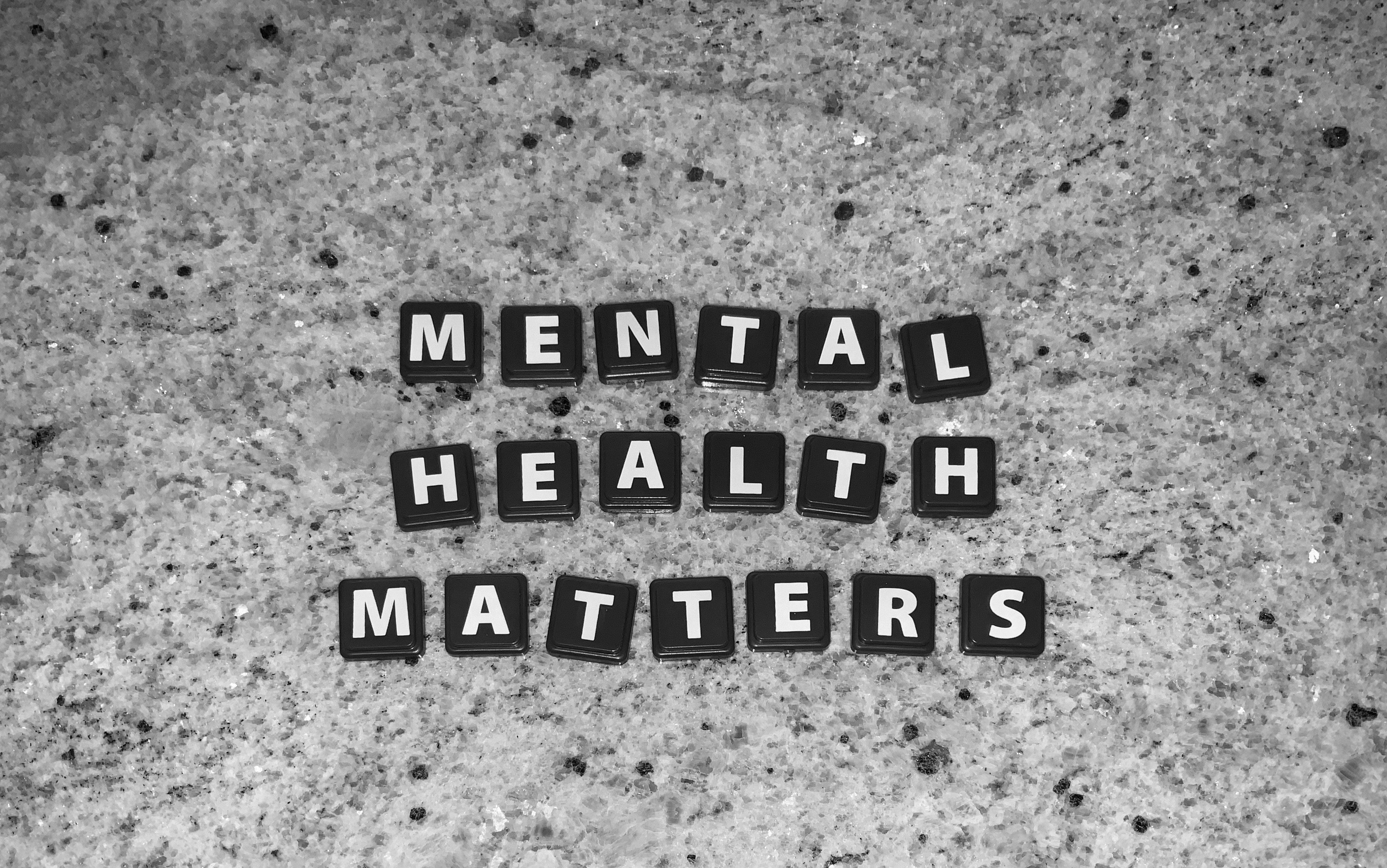Navigating the Maze: Understanding and Managing Anxiety
Anxiety is a common mental health disorder affecting millions of people across the globe. It is a condition that can be debilitating, affecting a person's ability to function in everyday life. What makes the situation even more challenging is the stigma attached to mental health disorders like anxiety. It often leads to individuals not seeking help or delaying treatment. In this article, we will delve into the history, current understanding, and management of anxiety disorders.

Anxiety Through the Ages
Historically, anxiety disorders were not recognized as medical conditions. People with symptoms of anxiety were often labeled as overly nervous or weak. It wasn’t until the 1980s that anxiety disorders began to be recognized as legitimate medical conditions. This shift in understanding was largely due to advancements in neuroscience and the development of more sophisticated diagnostic tools. Today, anxiety disorders are recognized as a serious mental health issue that affects people of all ages, races, and socioeconomic backgrounds.
The Many Faces of Anxiety
Anxiety manifests itself in many ways. Generalized anxiety disorder (GAD), panic disorder, social anxiety disorder, and specific phobias are some of the most common types. Each disorder has its unique set of symptoms, but they all revolve around excessive, lasting worry and fear in scenarios that are not necessarily threatening.
Generalized anxiety disorder, for instance, is characterized by chronic anxiety, exaggerated worry, and tension, even when there is little or nothing to provoke it. Panic disorder, on the other hand, is characterized by sudden attacks of terror, usually accompanied by a pounding heart, sweatiness, weakness, or dizziness.
The Impact of Anxiety
The impact of anxiety on an individual’s life can be profound. It can interfere with work, school, and relationships, and can lead to physical health issues such as headaches, gastrointestinal problems, and chronic fatigue. Furthermore, people with anxiety disorders are more likely to suffer from depression and are at an increased risk of substance abuse.
The economic impact of anxiety disorders is also significant. According to the Anxiety and Depression Association of America, anxiety disorders cost the U.S. more than $42 billion a year, almost one-third of the country’s total mental health bill.
Current Understanding and Treatment
In terms of our current understanding, anxiety disorders are believed to be caused by a combination of genetic and environmental factors. Stressful life events, such as the death of a loved one or a divorce, can also trigger an anxiety disorder in people who are already predisposed to it.
There have been significant advancements in the treatment of anxiety disorders in recent years. Cognitive-behavioral therapy (CBT), a type of talk therapy, is considered the most effective form of treatment. It helps individuals understand and change thought patterns that lead to harmful behaviors or feelings of anxiety. Additionally, medications such as selective serotonin reuptake inhibitors (SSRIs) and benzodiazepines can be used to manage symptoms.
The Role of Lifestyle and Self-Care
Alongside formal treatments, lifestyle changes and self-care can play a crucial role in managing anxiety. Regular physical exercise, a balanced diet, adequate sleep, and mindfulness practices like meditation can all contribute to reducing anxiety levels. Social support is also critical; talking to trusted friends or joining a support group can provide emotional comfort.
In conclusion, while anxiety disorders can be debilitating, they are also highly treatable. With the right help and support, individuals suffering from anxiety can lead full and productive lives. As our understanding of these disorders continues to grow, so does our ability to effectively treat and manage them.




